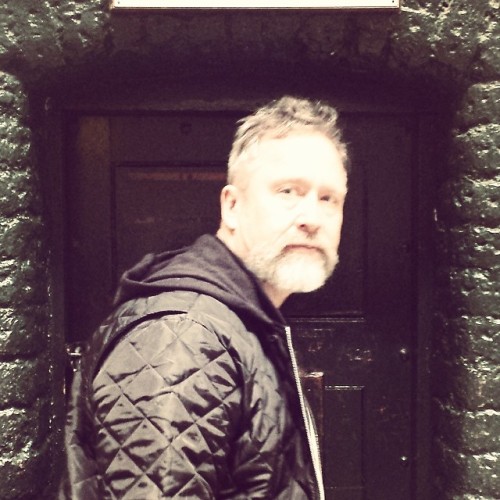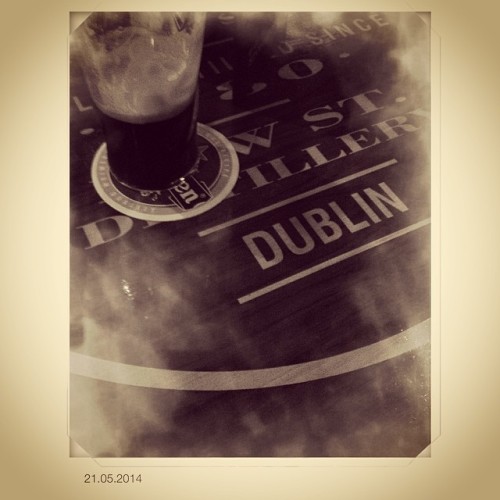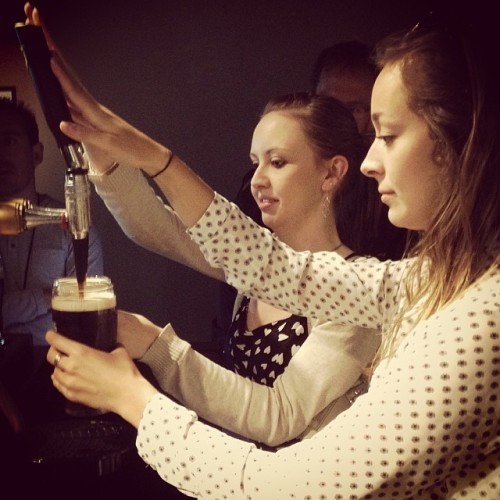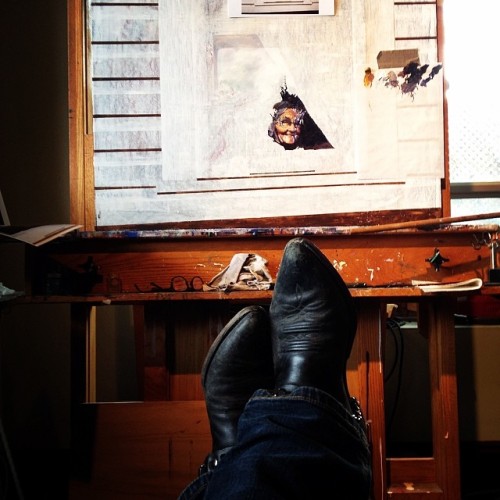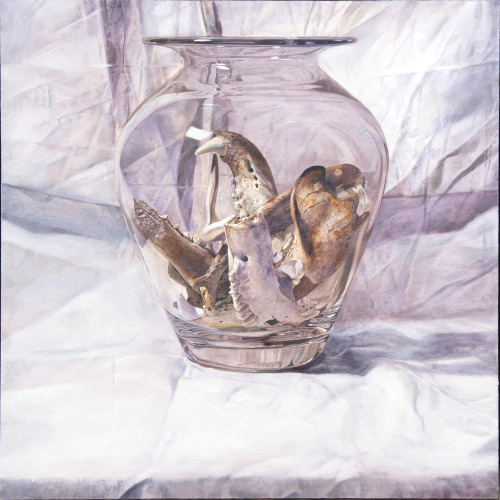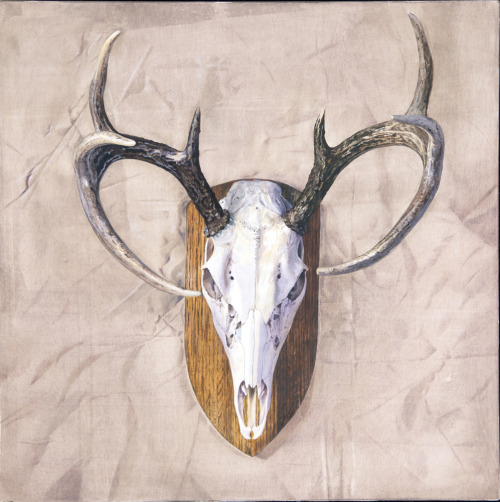Time was, not so long
ago, that collecting art was the exclusive realm of a rarefied,
jet-setting elite. That’s still largely the case — see:
Frieze New York,
a sprawling high-end art fair taking place this week where $50,000-plus
pieces are so many as to be generic — but the playing field has
leveled.
Between scrappy young galleries showcasing hungry up-and-comers and a growing field of low-price art fairs like this weekend’s
Love Art
in Toronto, the casual hobbyist can get into the game with modest
investment and a little discretion. Even the auction realm, famous for
sky-high bidding wars, offers the occasional find, and its season starts
at the end of the month with the
Heffel auction on May 28.
Toronto, in my
opinion, has never been better in its offering of art for sale, in
variety, price and, most importantly, quality. It still won’t be cheap,
but the sacrifices required to buy it — a new LED TV, or art? — are a
little more within the reach of the many.
So how to begin?
That’s what we’re here for. Herein, some helpful tips and things to see
on gallery walls over the city, right now, to get you started. But
first, some ground rules.
1. See a lot. And I mean a lot.
The only way to get a
handle on the kind of art on which you might want to shell out your
hard-earned money is to spend as much time as you can seeing out the art
you
don’t want to buy. It’s a process of elimination: The more
you see, the closer you get to narrowing down the kind of things you
want to live with. So join the
Art Gallery of Ontario, head down to the
Power Plant, check out the
Museum of Contemporary Canadian Art. Read the weekly gallery listings —
canadianart.ca
is a good bet — and get out there. Absorb. Take notes: Painting,
photography, sculpture? Wander the better private galleries for a sense
of what’s happening at the upper end of the Canadian market.
2. Don’t worry about the experts.
I can tell you what to
buy. But don’t listen to me. Like anyone, I go with what I like, and
I’m the only one who truly knows what that is. The best advice is: Buy
it if you love it. This thing will be in your life for a long time —
ideally permanently. You should feel it in your bones.
3. Don’t buy art as an investment.
You’d have better luck
recouping your money by throwing it down a wishing well. The
international press overflows with astonishing auction results, sure,
but that’s at the far top end of a market that’s dominated by
billionaire hobbyists, many of whom have big enough holdings to
manipulate the market themselves. You’re not in that game. Decide what
you can afford, take a deep breath, and live with it.
4. Start small
Not that artists
necessarily price work by the square inch, but size matters. The bigger
the piece, the bigger the price, based strictly on everyday things like
labour and materials. In Toronto right now,
Kelly Wallace’s show at Georgia Scherman Projects
starts at $4,500 for a hauntingly beautiful 9-by-14-inch piece, and
goes up to $16,000 for an intense work that’s 36-by-57 inches.
Similarly, at
Diaz Contemporary, Elizabeth McIntosh’s paintings range from $7,000 for a 24-by-20-inch work to $16,000 for the remarkable piece,
Girl, at 73-by-49 inches.
5. Don’t haggle.
Buying art isn’t like
buying a car. Most galleries will typically offer a small discount
without being asked, but don’t expect it. The best artists pour their
souls into their work, and buying one of their pieces, ideally, is the
start of a relationship between you and that artist. Don’t sour it at
the outset.
So now what? There are
plenty of places in Toronto to see art for sale of all kinds and price
ranges. Here are a few things happening right this very minute:
Art fairs. The most no-fuss, no-muss of them is Love Art,
the brand-new Toronto version of the globally branded Affordable Art
Fair (the name is trademarked here by another group, so Love Art it is).
In any case, Love Art puts a hard cap on pricing at $10,000, but
there’s plenty that falls much lower than that. At the booth of Gallery
Youn, out of Montreal, lovely, woodsy little pencil crayon drawings by
Toronto artist Jay Dart
were selling for as little as $450. Much of what’s found here will fall
between $1,500 to $5,000, but there are virtual giveaways: Kitschy
pieces by Gary John at Artspace Warehouse’s booth were priced at $100.
Young and Hungry. Art
fairs are great for one-stop shopping, but if you prefer your art
experiences to be more intimate and less mall-like, Toronto’s private
galleries are your best bet to get connected to broader practices being
plied both here and elsewhere. Younger, scrappier operations like Erin Stump Projects, Narwhal Projects and Cooper Cole showcase hot young talent, usually at entry-level prices. Here, there are often remarkable finds: A recent show of works by Vanessa Maltese,
a recent winner of the national RBC painting competition, at Cooper
Cole showed works that ranged from $1,800 to $7,000. Erin Stump recently
showed a personal favourite artist of mine, Maggie Groat, some of whose works were priced below $1,000. At Narwhal, Jacob Whibley, another up and comer with rapidly ascending critical praise, had a show last summer of works that began at $900.
Established. An
increasing number of Toronto-based galleries and the artists they
represent are making themselves known on an international circuit, and
pricing often reflects their growing profile. This is a great thing for
the city and its art scene, but it winnows out potential local buyers
looking to get their feet wet. It’s a pretty simple rule: Quality costs,
and established reputations even more so.
In this camp are Diaz Contemporary with its Elizabeth McIntosh show, and Georgia Scherman Projects with Kelly Wallace.
Nicholas Metivier, who shows a number of name-brand photographers, is currently showing photos by legendary shooter
Gordon Parks; a famous portrait of Muhammad Ali is $13,000.
At
Jessica Bradley Projects,
one of the city’s pre-eminent dealers, a current show of photographic
works by Toronto artist (now Berlin-based) Jessica Eaton ranges from
$4,500 to $12,000.
Susan Hobbs,
long one of the city’s best-known dealers for museum-quality works, a
current show of paintings by Shirley Wiitasalo range from $8,000 to
$18,000. Daniel Faria, who represents a range of both younger and
established artists, has a show by the up-and-comer
Nadia Belerique
on right now that range from $1,800 to $5,000. It doesn’t sound like a
bargain, but on an international circuit where works of equal quality
and professionalism sell for three or four times as much in a heartbeat,
Toronto art is absolute steal. Take it to heart.
Where else? Even less
official than art fairs like Love Art or Art Toronto, in October, are
the various outdoor art shows that start to pop up this time of year.
The two best of them are:
The Toronto Outdoor Art Exhibition
is a long-standing free-for-all of things like knitting and pottery,
and a surprising amount of interesting art. It takes place every July
long weekend in Nathan Philips Square. One of the better ones in recent
years was a booth from photographer
Maureen O’Connor,
who’s showing at Alison Milne Gallery all of a sudden this month. In
any case, you can buy some of her prints at a site called Art Interiors
for as little as $150.
The outdoor art show every September in Trinity Bellwoods Park is part of the
Queen West Art Crawl.
With the same mix in a smaller, nicely treed package, you’ll find
painting and sculpture amidst the foliage at sometimes surprising
prices. People move up from there, too. Nora Deacon, who made remarkable
facsimiles of child’s dresses from wax paper, started selling her
pieces for $800 here; now, they’re several thousand.
Finally, online. With
the art business in this city being buffeted by real estate frenzies,
several galleries have migrated to the fringes, and some have gone
virtual, period. Low overhead (and mostly unknown artists) keep prices
low. A few of the best:
Wondereur:
An online project with the weight of the AGO and the Canadian Film
Centre behind it, Wondereur is an art magazine/online marketplace
particularly good at providing depth, selling emerging artists on the
strengths of their stories. And it looks great.
Art Bomb:
A daily email appears in your inbox with the work of the day, all of it
Canadian and most often in the highly affordable range. Occasionally a
piece will pass by your screen that crests the $2,000 mark, but under
$500 is a common price tag here.
Eye Buy Art:
The Toronto-based site helpfully offers price ranges on its front page,
at various tiers: $35, $60, $250, $500 and $1500, meaning you can
tailor your browsing to your budget. The rules still apply: Buy what you
love. But for 35 bucks, the break-up hurts a lot less.
http://www.thestar.com/entertainment/visualarts/2014/05/10/buying_art_in_toronto_a_beginners_guide.html
